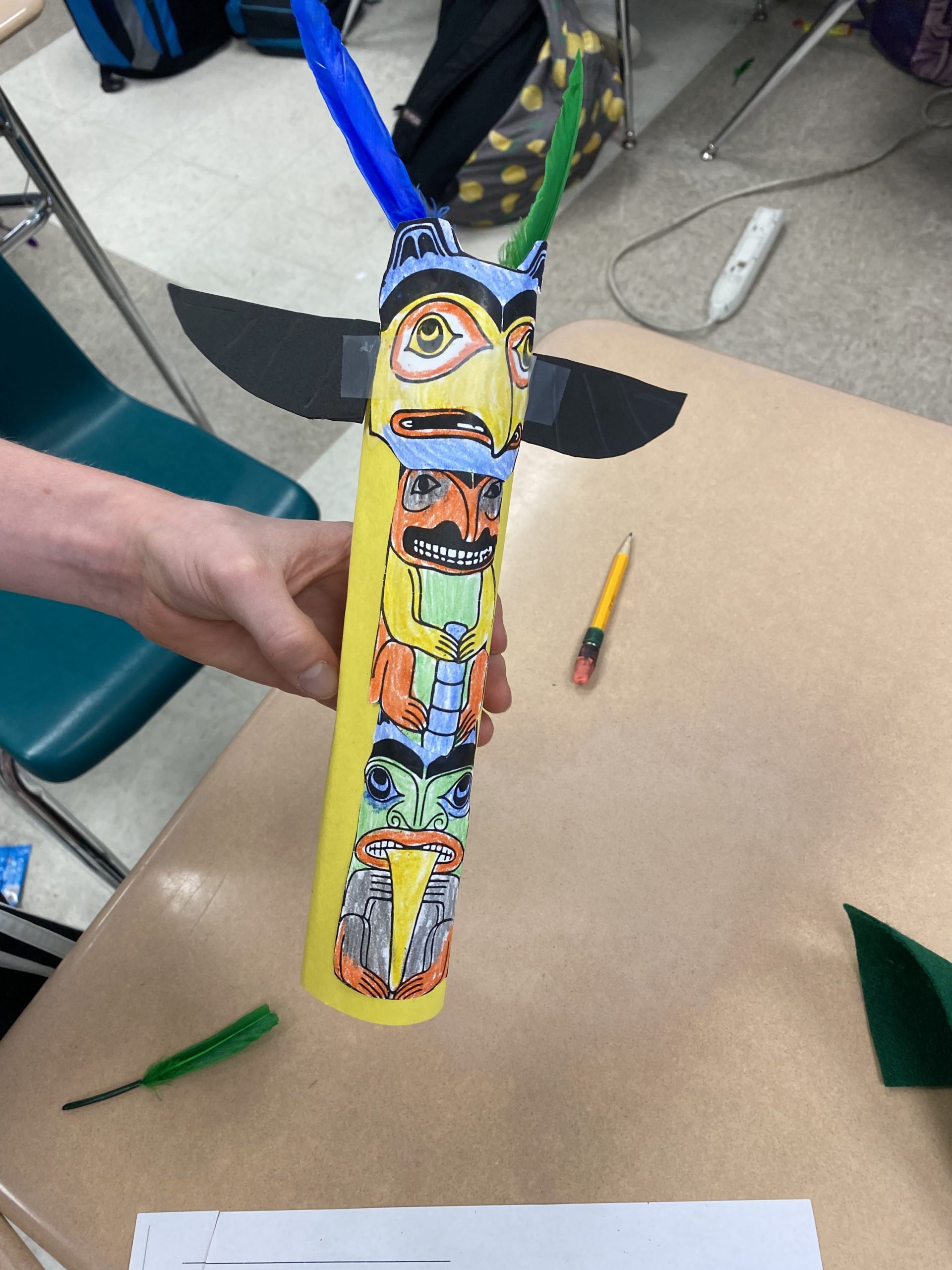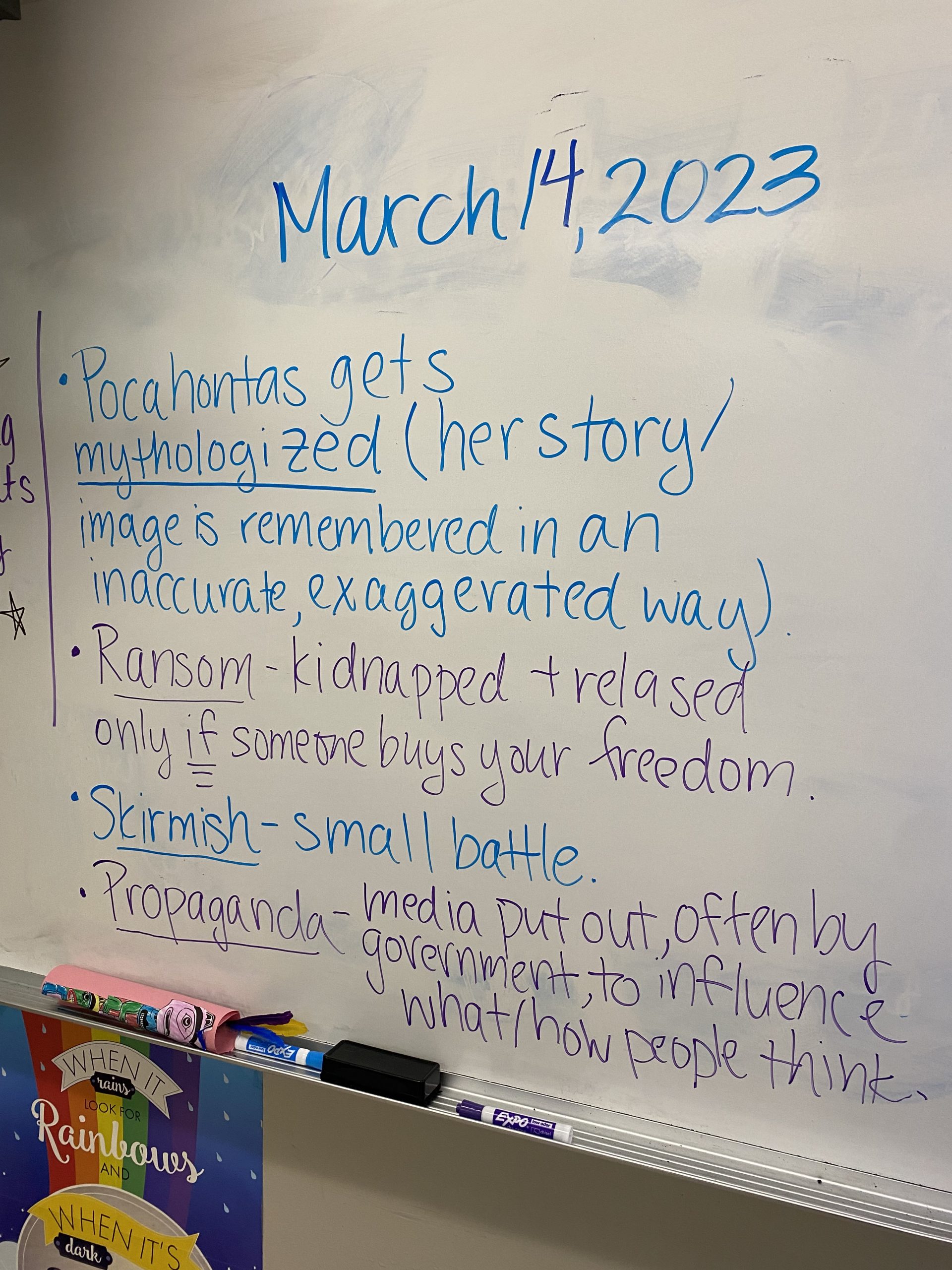Standard #1: Learner Development
The teacher understands how learners grow and develop, recognizing that patterns of learning and development vary individually within and across the cognitive, linguistic, social, emotional, and physical areas, and designs and implements developmentally appropriate and challenging learning experiences.
When becoming a teacher, one takes on the role of promoting learning and growth within students. Identifying cognitive, linguistic, social, emotional, and physical differences can help the teacher make instructional decisions that address different levels of development. These differences are important because they affect how a student constructs knowledge, acquires skills, and develops thinking processes. These factors should be assessed every day during instruction, however, collaboration with families, colleagues, and other members of a community strengthen learner development.
Addressing learner development means promoting learning as a continuum throughout a lifetime. The aspects of every student’s learning process are unique and valuable. Properly addressing this standard would not only involve providing age-appropriate content for the specific class being taught, but also instruction that is challenging enough to further develop and expand thinking processes.

We learned how the Kwakiutl placed totems outside their longhouses to tell their family’s story.
As I reviewed the history and sociology of Native American groups with the sixth graders, I noticed they had decent recall of how tribes interacted with their environment and what types of relationships they had with early explorers and colonists. The students I worked with did not have access to art courses, so I incorporated age-appropriate, artistic activities to reinforce their connection to the marked differences between the tribes. Some of the tasks they completed were appreciating a native-produced painting documenting the Battle of Little Big Horn, creating totem poles and reading accurate descriptions of what the animals represented, and completing a WebQuest on native arts and crafts.
Lesson on the Lakota people with activity.
Lesson on the Kwakiutl people.

Henry’s totem!
A substantial portion of the sixth graders I worked with needed help building confidence in their language arts skills. This was a skill they practiced daily; their bell-ringers had to be in complete sentences and they were encouraged to elaborate in at least 2-3 sentences per prompt during independent practice. Two classes needed me to read aloud to them on a regular basis, but I tried to underline any unusual vocabulary in all classroom materials to remind myself to stop and discuss. I included definitions within notes and passages or wrote cues and definitions on the board. Honest effort and descriptive language use was always awarded over perfect spelling and grammar. I hoped these strategies would help students feel less intimidated with reading and writing and more comfortable knowing that everyone learns at a different pace.

